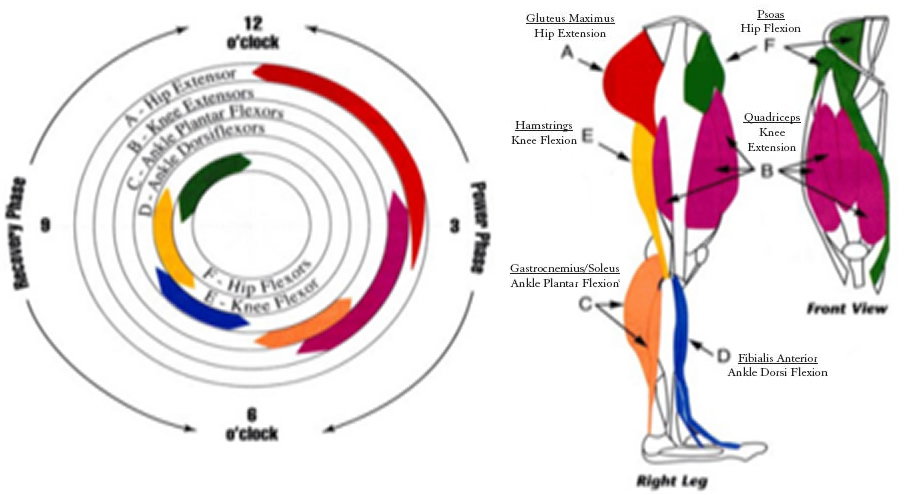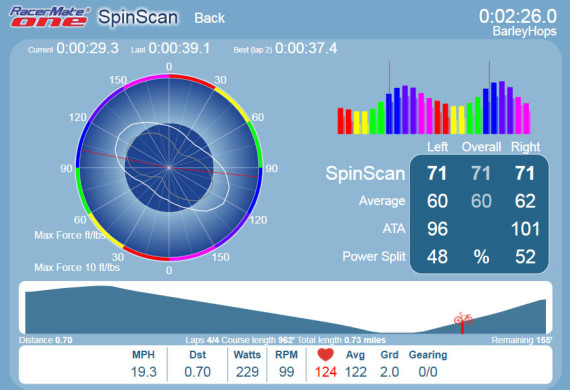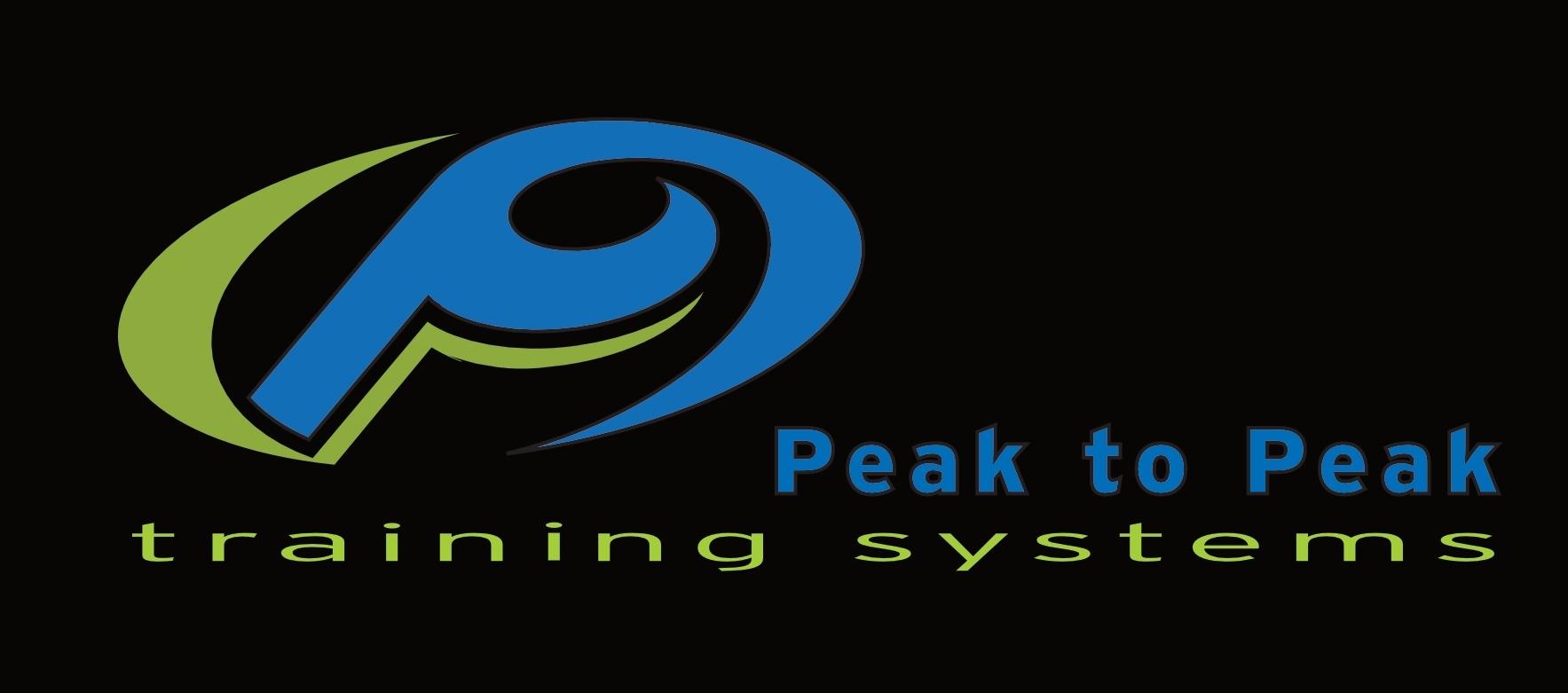Pedal Technique Assessment
A cyclists ability to efficiently engage the pedals to propel the bicycle is dependent upon these factors: the degree of functional movement capability the cyclist has (strength & power, agility, coordination, muscle pliability), position being held on the bicycle, and general bike fit. Coach Jon approaches pedal technique from the perspective that your body is bi-pedal (no pun intended - or maybe it was intended) - meaning that our body is designed to move on two feet. Our muscles are built around that concept. Muscles have many responsibilities and function based on what is required at the time. Some muscles are primarily designed to move us forward, lift or jump (like your gluteus - or butt muscles) with little regard to micro-movements that are designed for fine motor skills ( like the muscles in your fingers or eyes) or even balance ( like core muscles for example). Understanding which muscles are tasked for specific purposes is a key element for assessing or improving your pedal technique. And it is also this knowledge that is the base for Coach Jon's approach to bike fitting.
Functional Movement Screen
The functional movement screen helps Coach Jon identify which muscles the cyclist uses for standing, lifting, walking, running and cycling. The screen also helps Coach Jon identify which muscles are not functioning in the way they should be, or, makes apparent imbalances between a right or left set of muscles (such as the gluteus). Imbalances in general activation, strength, length, pliability or coordination can and almost universally impact the pedal stroke in adverse ways.
Coach Jon will note specific characteristics of the screen that will likely impact the pedal stoke. After these characteristics are noted and recorded, the spin-scan will begin.


RacerMate SpinScan
Coach Jon uses RacerMate One SpinScan software to help him understand how the athlete is engaging the pedals under several different intensity's (60% FTP, 85% FTP, 100% FTP and 125% FTP) and rider positions (hands on bar tops/climbing, hands on brake/shift hoods, hands in drops, or in tt bars/position). It is important that the cyclist understand that the software is only measuring what is happening at the rear wheel and when the left crank arm is passing the rpm sensor. It is NOT measuring what is occurring in the body to make that happen. Coach Jon will begin to formulate how your body is functioning to give you the spin scan results you see....and usually, it is not what you expect by reading what is coming from the data screen. For example, it could show your left leg is stronger than your right on the Spin Scan, but the functional movement screen indicated that your right leg is the strongest. In this situation, it may be that unconsciously, you are pulling up with the right leg as the left leg is pushing down, but not doing that to the same degree with the other leg.
Post Pedal Technique Assessment
The pedal technique assessment will allow you to understand not only how well you pedal your bike, but what your body is doing to enable that AND what to do in order to improve it - both off the bike and on. A post report will be written and shared with the cyclist that stresses significant issues, strengths, and a rough pathway for improvement with suggestions and examples of work to be done off and on the bike. Follow up appointments are encouraged for those who wish to make improvements and take time to do the work.
Cost
Generally, Coach Jon charges $100/per hour of service for his professional service time where assessments are involved. Usually, a Pedal technique assessment takes 1.5 - 2 hours depending on the complexities of the athlete.
If you are interested in these services Please contact Jon. He is happy to accommodate reasonable needs given enough time to plan prepare and schedule.
